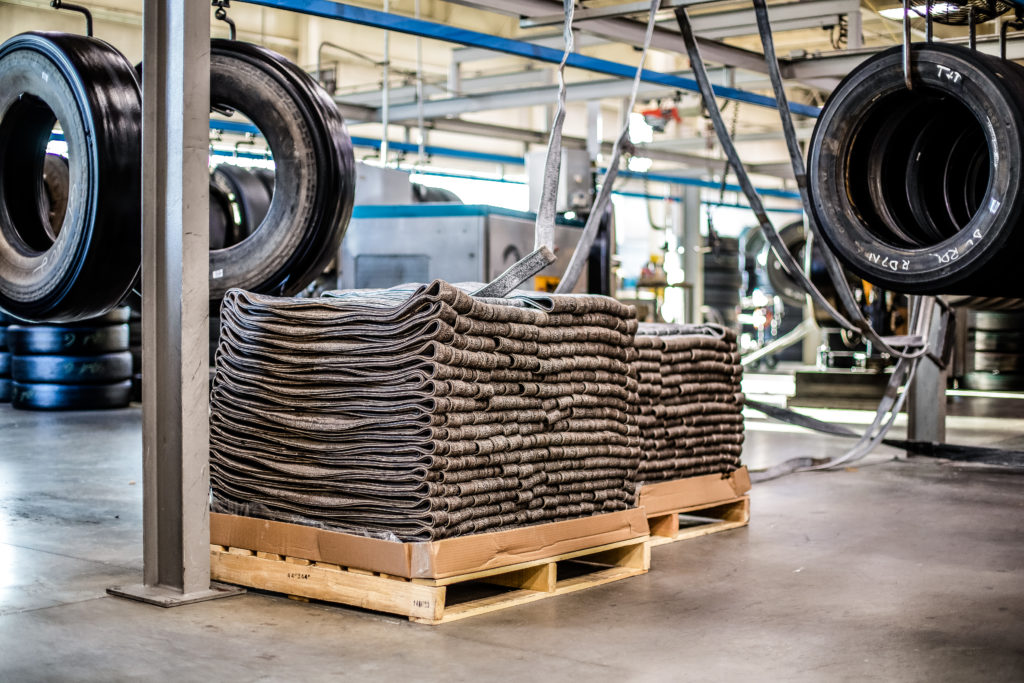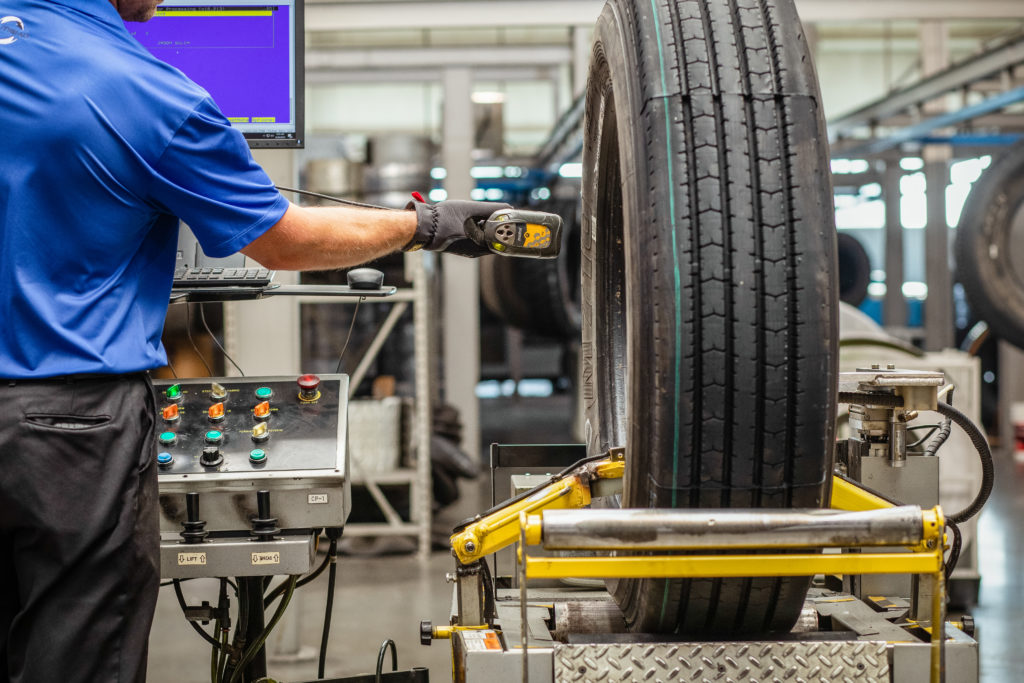Low rolling resistance (LRR) tires are becoming increasingly popular due to their potential to improve fuel efficiency. Low rolling resistance commercial truck tires come in both new and retread models. As you consider your choices, you should know what LRR tires are, their benefits, and how they can be identified. Read on to learn more!
What Does “Low Rolling Resistance Tires” Mean?
Rolling resistance refers to any forces that work against the forward movement of your vehicle, and therefore the energy that your vehicle needs to provide to overcome that resistance and maintain constant forward motion along the road. While the number is lower for passenger vehicles, heavy trucks use up to 30-33% of their fuel just to overcome rolling resistance!
Low rolling resistance tires refer to the specific type of tire designed to counter these forces. Since they require less energy than a standard tire to get and keep them rolling, they generate less heat and require less fuel.
Low rolling resistance technology is found in two types: new tires and retreads. New LRR tires can be used in any tractor trailer position: steer, drive, and trailer; retreaded LRR tires can be used in drive and trailer positions only. Truck operators should ensure that they are using their tires on the intended axle position and that their tires are properly inflated for best results with fuel efficiency and low rolling resistance. View our low rolling resistance models that meet the United States Environmental Protection Agency (EPA)’s standards for size, performance, and testing.
How to Identify Low Rolling Resistance Tires
As their name indicates, LRR tires have a few key identifiers that work together to combat rolling resistance, resulting in a more fuel-efficient tire. These unique properties are characteristic of low rolling resistance tires and distinguish them from standard models:
1. Tread compounds
Low rolling resistance tires and retreads are manufactured from unique rubber compounds to form a stiffer, more energy-efficient tread. This efficiency is achieved because a harder tread allows the tire to stay cooler, meaning less energy is lost in the form of heat.
Learn about the proprietary rubber compounds used in our remanufactured tires.

2. Tread Design
The tread makeup of low rolling resistance tires plays a role in their efficiency and distinguishes them from standard tires. Low rolling resistance tires are designed with a continuous tread design and reduced tread depth, rather than an individually blocked design. The benefit of this “connected” design is that it can seamlessly and harmoniously roll along the road as one unit, giving a streamlined performance and requiring less energy to propel your vehicle as a whole.
Learn more about our SmartWay Verified Low Rolling Resistance Tire Models on EPA.gov.
3. Tire Sidewalls
The sidewall construction of a tire can also be optimized for low rolling resistance capability. Energy loss comes into play when your tires are in motion and undergo deformation—the “flexing” or “squishing” of the tire as it meets the surface of the road. The less deformation a tire undergoes while in motion, the less energy will be required to propel the tire: this is where sidewall construction comes in. A stiffer sidewall construction promotes less deflection to achieve a more fuel-efficient tire.
Do Low Rolling Resistance Tires Work?
Tires and fuel economy make up a large portion of fleet costs: According to the U.S. Department of Energy, “approximately one-quarter of fuel efficiency” in class 8 trucks “comes from the rolling resistance of the tire, making the opportunity for cost-effective energy savings substantial.”
Significant advancements have been made in both tire manufacturing and retreading to design tires that maximize in fuel efficiency but don’t cost you in performance.
Switching to Wide Base Tires
Another increasingly common option to improve fuel efficiency and reduce rolling resistance is to replace traditional duals with wide-base tires. Wide-base tires achieve a lower rolling resistance compared to dual tires by reducing vehicle weight, rolling resistance, and therefore strain on the engine. Wide-base tires have a slight advantage over duals by being slightly less wide, further improving fuel efficiency (by an estimate of 1-2%). Wide based tires also have the advantage of lower cost compared to purchasing two duals and potentially less maintenance.
Explore wide-base tire options for greater fuel efficiency.

What is the Benefit of Low Rolling Resistance Tires?
LRR tires provide many benefits when used in the proper axle position, including:
- Reduced energy loss.
- Estimate of 5-7% savings in fuel economy.
- Better emissions.
- A smoother ride.
- Better traction.


